Top 9 Rock Festivals
This week Classic Rock Review joins the celebration of the 45th Anniversary of the historic 1969 Woodstock Music Festival. In conjunction with Top 9 Lists, we present a list of the Top 9 […]

This week Classic Rock Review joins the celebration of the 45th Anniversary of the historic 1969 Woodstock Music Festival. In conjunction with Top 9 Lists, we present a list of the Top 9 […]

Nearly from its inception, rock and roll and Christmas songs have made for a potent mixture of holiday-flavored punch. This marriage dates back to 1957 with the first Elvis Presley Christmas Album and […]
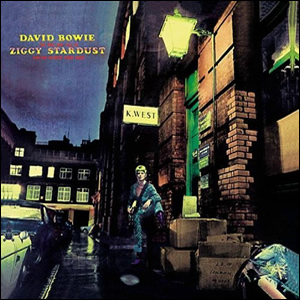
Buy The Rise and Fall of Ziggy Stardust and the Spiders From Mars Through a very long and distinguished career, David Bowie’s absolute classic is the 1972 album The Rise and Fall of […]
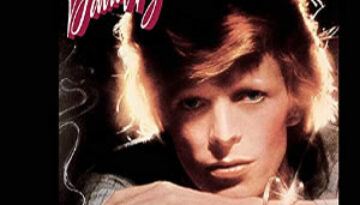
Buy Young Amricans For his ninth studio album, David Bowie decided to move in a radically new direction with the soul and R&B infused 1975 album Young Americans. On this record, which was […]
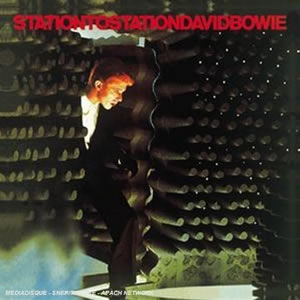
Buy Station to Station His tenth overall studio album, Station to Station was a transitional album for David Bowie. Musically, this 1976 album seamlessly bridges the gap between the glam rock of Bowie’s […]
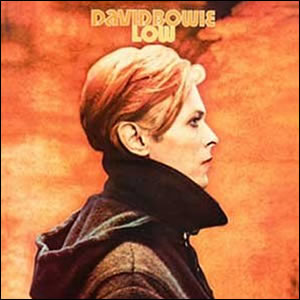
Buy Low Low was a 1977 breakthrough album by David Bowie, which contained avant-garde tracks rich with experimental synthesizers and unique compositional approaches. The album was co-produced by Bowie and Tony Visconti and […]
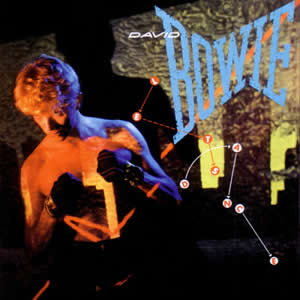
Buy Let’s Dance An artist who seemed to constantly reinvent himself, David Bowie created a stylized and soulful new-wave album with a romantic signature on the 1983 album Let’s Dance. It was Bowie’s […]
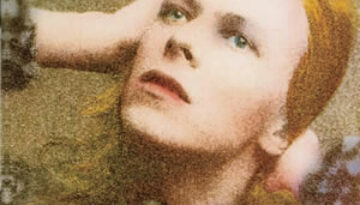
Buy Hunky Dory Classic Rock Review has launched a new feature called “What Did We Miss?” to revisit some albums that we overlooked the first time through our voyage into the classic rock […]
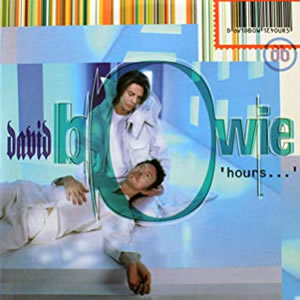
Buy Hours For the 21st studio album of his incredibly eclectic career, David Bowie forged a collection of songs written as the soundtrack for a new video game. Hours was released in October […]
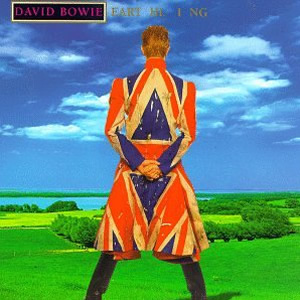
Buy Earthling In my opinion, David Bowie went into a creative slump after his mega 1983 hit Let’s Dance. The albums after Let’s Dance weren’t bad, per say, they just didn’t achieve the […]